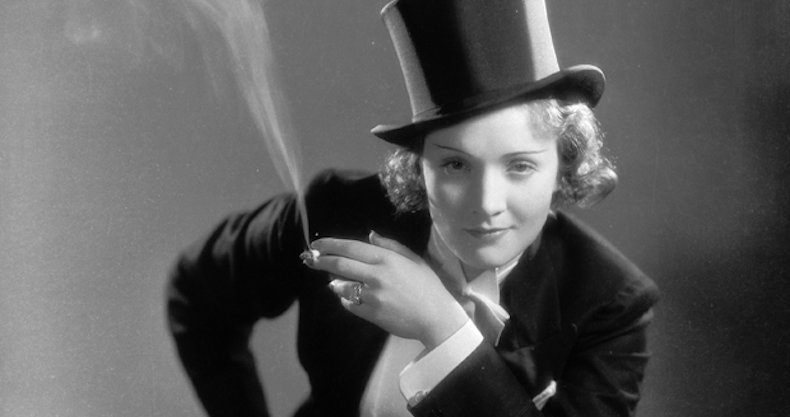Just like how there is no king without his kingdom, there is no star without their audience. The concept of a star is entirely built on their widespread public influence, and sometimes stars can appear as deities rather than mere humans like you and me. As it turns out, stars are well aware of that fact, and work hard to maintain this illusion. One concrete thing that separates stars from non-stars is the stars’ copious amounts of wealth, and as such it is beneficial for them to show it off. It is commonplace for the extravagant and leisurely activities of wealthy movie stars to be publicized so everyone knows they have money to burn. Despite this, it is also important for stars to maintain a down-to-earth sense of relatability alongside their larger than life lifestyles, lest they can lose their audience’s personal connection with them. This is accomplished through a careful balance of wealth flaunting and interviews that delve into the personal life of the star.

Thanks to this delicately crafted imagery, stars are often perceived to be the ideal form a human can take, and the very definition of what everyone should strive to be. However not everyone will be able to relate to every star, and so to cast a wide net of relatability, stars often gravitate towards very general personalities. O.E. Klapp lays out a wide array of what he calls social types to categorize how people are theoretically supposed to act. Richard Dyer highlights a few of these social types that are especially applicable to 20th century movie stars, those types being the Good Joe, the Tough Guy, and the Pin Up. The Good Joe is a traditional everyman, polite and non confrontational. The Tough Guy is exactly what it sounds like: a guy who’s rough around the edges and “plays by their own rules.” I personally am not a super big fan of tough guys, but that’s mostly because I have a hard time seeing why other people like them so much. Most of the time they just seem like jerks to me, although usually the trope contains some nuance as well. Finally, the Pin Up is more of a stereotype than a type, and is essentially the token woman of the cast. The term “pin up” comes from the fact that these women are usually models famous for their looks, and various posters and other imagery are often produced of them for buyers to “pin up” on their wall. As such, it’s not hard to guess that the Pin Up is not characterized by her unique personality, charm, or acting talents, but rather like most women at the time: by her body.



It likely comes as no surprise to anyone that women get the short end of the stick compared to men when it comes to Klapp’s social types. In truth, many of these male exclusive types can be applied to women as well, depending on the media. Despite all of this, oftentimes the most successful type is one that subverts tradition. Marlene Dietrich was a famous actress from the 40’s who largely embodied the trope of “femme fatale” or “fatal woman” in french. In a sense, the femme fatale is similar to other female character archetypes of the time in that the focus of her character is largely her sexual appeal to the men around her. However it differs in that the femme fatale is aware of her own influence over men and uses it to her advantage, sometimes connivingly. This trope often makes for more involved female characters, as despite the focus being on their sexuality, they make an impact on the narrative through their actions.

Dietrich was well known for playing these kinds of characters in the mid 20th century, and she became extremely popular for doing so. She got so big, in fact, that films were constantly being written and produced specifically for her. Films that are created around a certain individual are known as ‘star vehicles’. It was common for directors to in a sense “partner up” with stars and create countless star vehicles for them to act in and propel their career to greater heights. Director Josef von Sternberg, who was previously famous for his crime films, took this partner role with Dietrich, and the two made many films together. Unfortunately for Dietrich and many other female stars at the time, partnerships with male directors (there were very few female ones) often led to the majority of the actresses success being attributed to the director rather than her. Sternberg himself has claimed that he “made” Dietrich, giving her little credit for her own accomplishments.